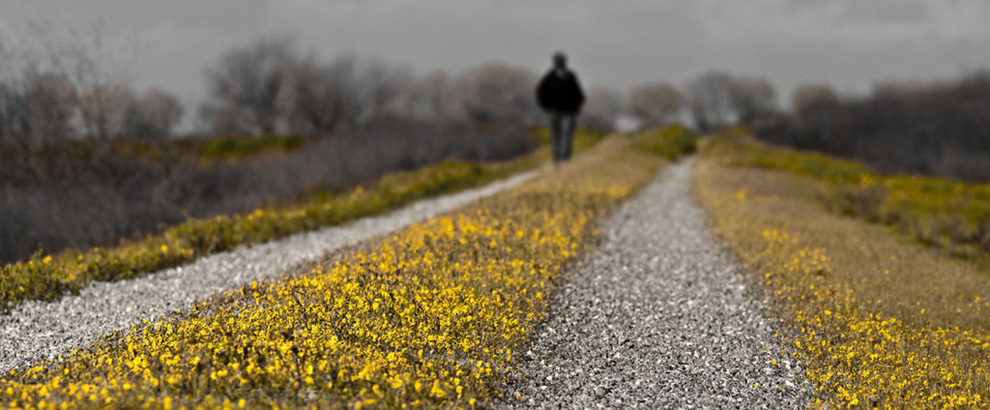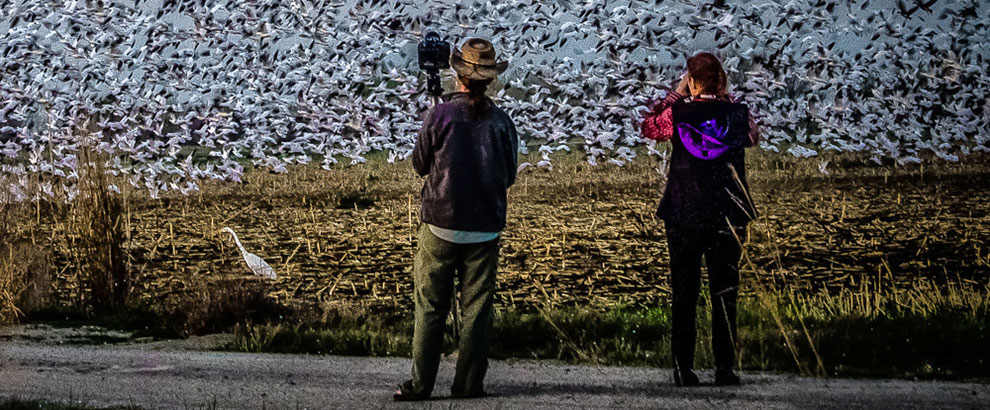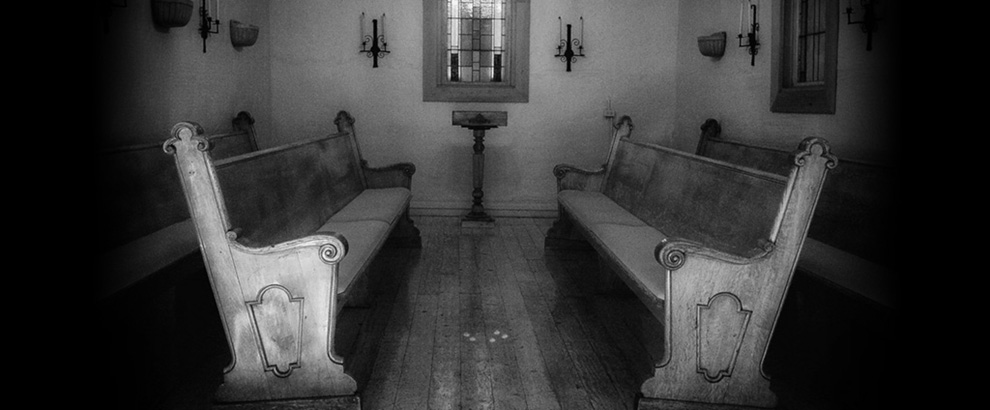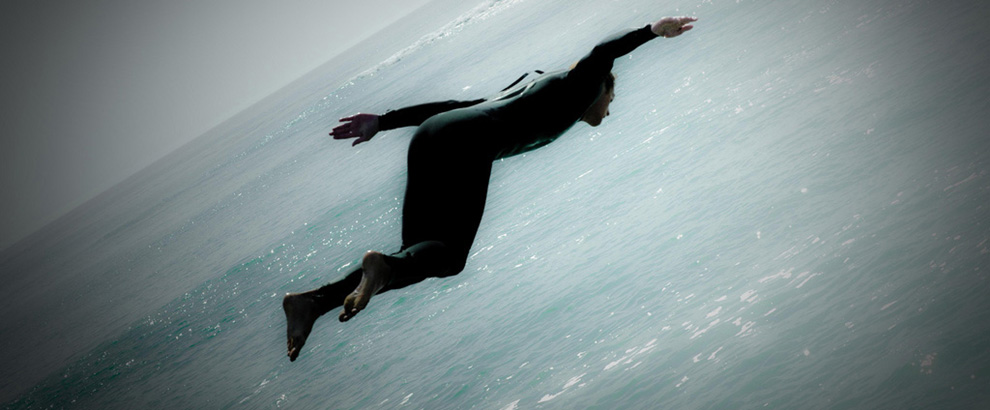
There was a saying that made the rounds back in the day (and daze) of the late ’70s, courtesy of the Grateful Dead’s second album, “What a Long Strange Trip It Has Been.” Having now read Anchee Min’s harrowing, urgent memoir of her experience in China during Chairman Mao’s “Great Proletarian Cultural Revolution” of roughly the same era, I am here to say: The Grateful Dead don’t know squat about “long strange trips.”
Originally published in the United Kingdom in 1993 and the U.S. a year later, “Red Azalea” is the kind of coming-of-age story that is initially much less about triumph than it is about mere survival.
By the end of her tale, that survival nevertheless qualifies as triumph aplenty, given the travails she contends with and eventually escapes from in the merciless, rigidly proscribed world engineered by the personality cult that was Mao Zedong. Mao founded the modern “People’s Republic of China” in 1949 with an able, dogged, and equally heartless assist from his fo...
Read More











Recent Comments